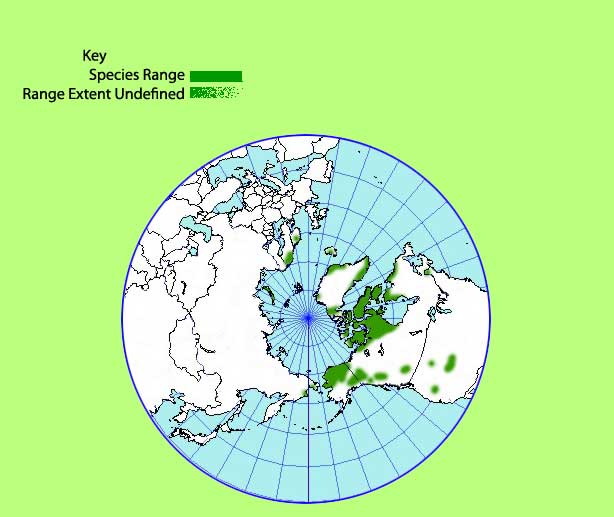Campanula uniflora : Arctic Bellflower
Taxonomy | Description | Biology | Ecology | Uses | Images | Range Maps
Taxonomy |
Scientific Name:Kingdom: Plantae Division:
Class: Dicoteldonae (two seed-leaves) Family: Campanulaceae (Bluebell Family) Genera: Campanula (Bellflower) (Lat. diminutive of campana = bell, thus = little bell; reffering to the bell-like flowers) Species: uniflora (Lat. unus=one + flos=flower = one flowered) English Name(s):Arctic Bellflower, Arctic Harebell/Bluebell First Nation Names:
|
Description |
Structure:
Leaves:
Reproductive Parts:
Seed:
Not to Be Confused With:
|
Ecology |
Animal Uses:
Habitat:
|
Images |
|
Plant in early bloom Flower top view Illustration from: Illustrated Flora of BC |




